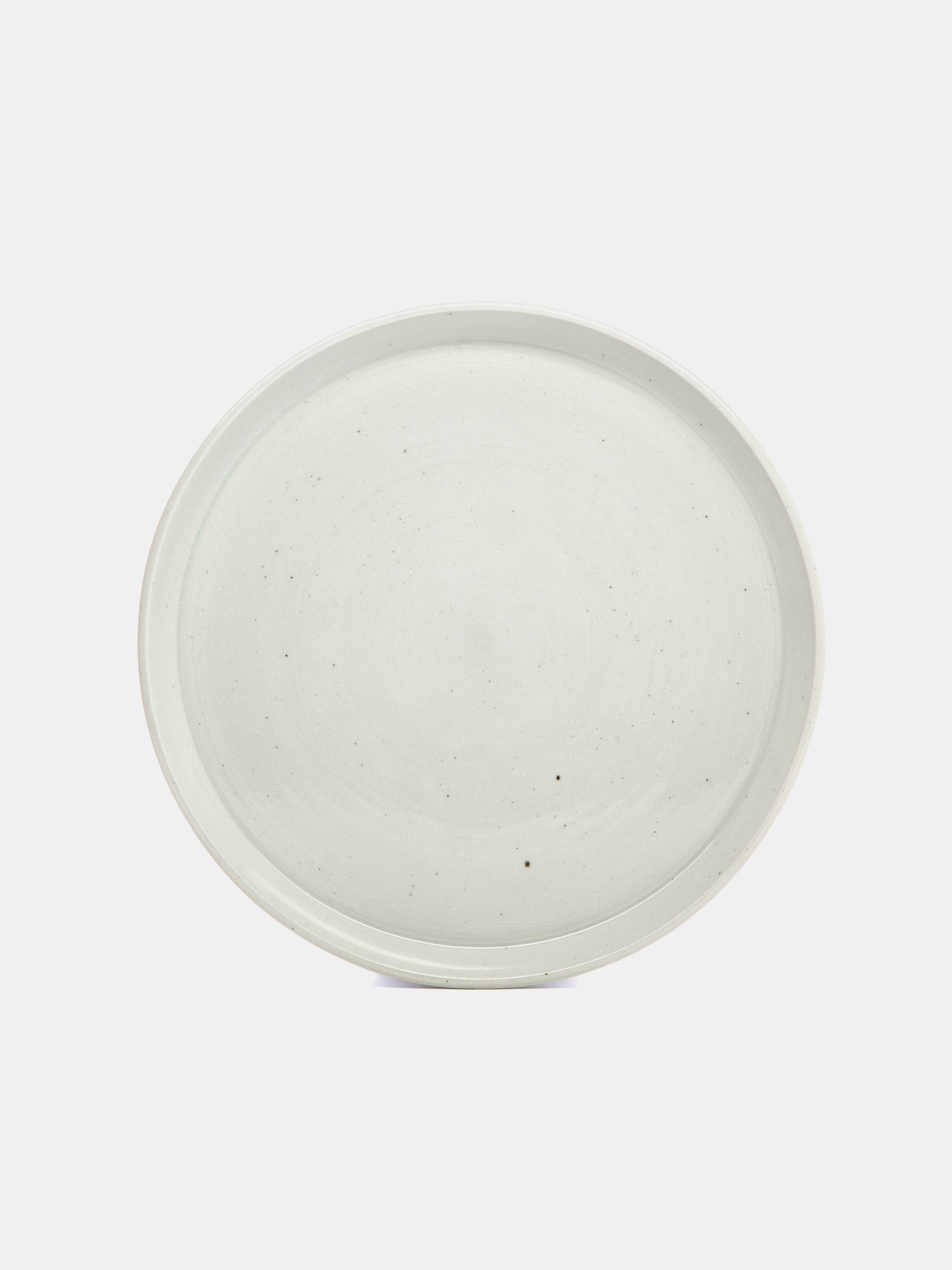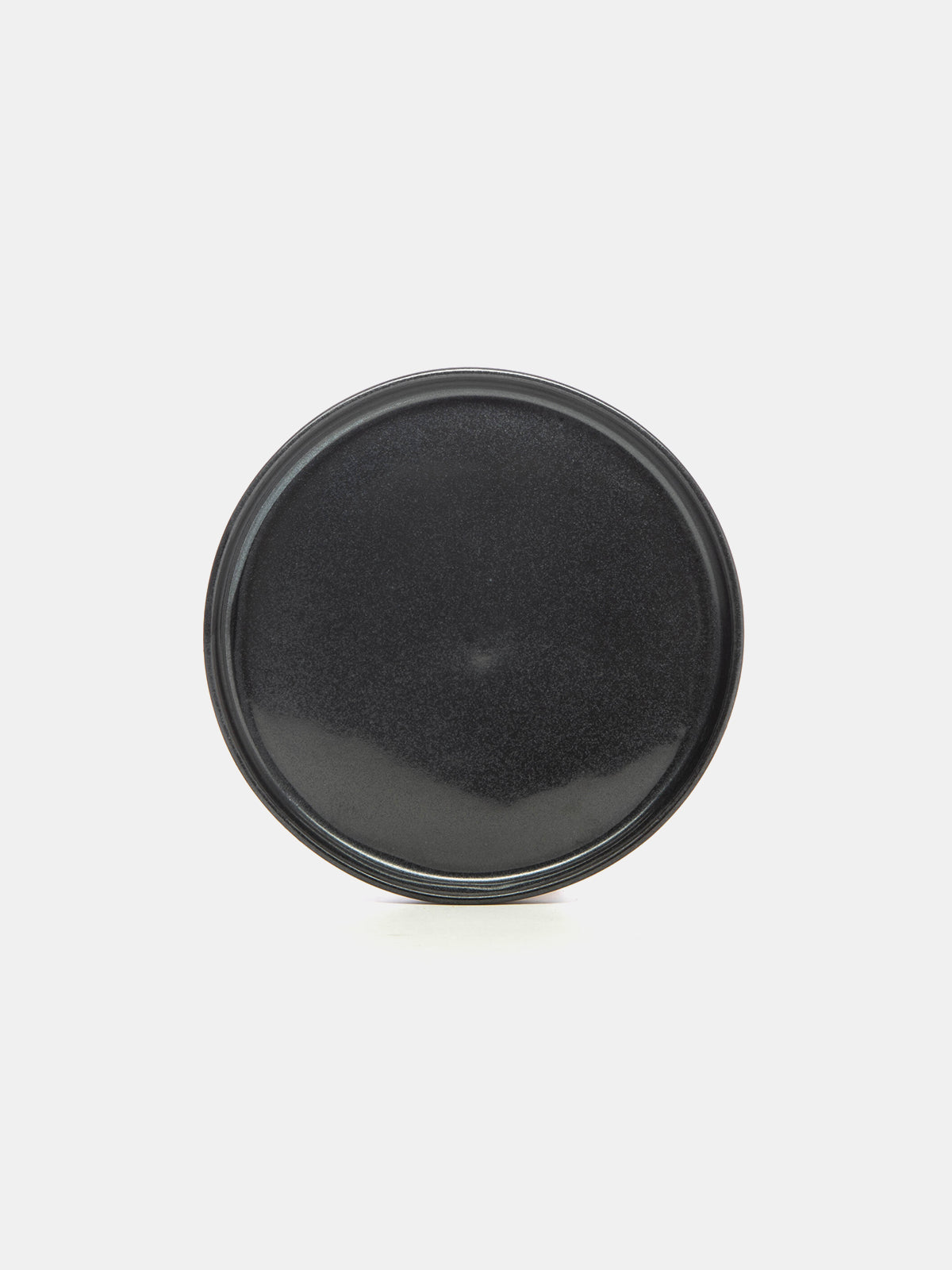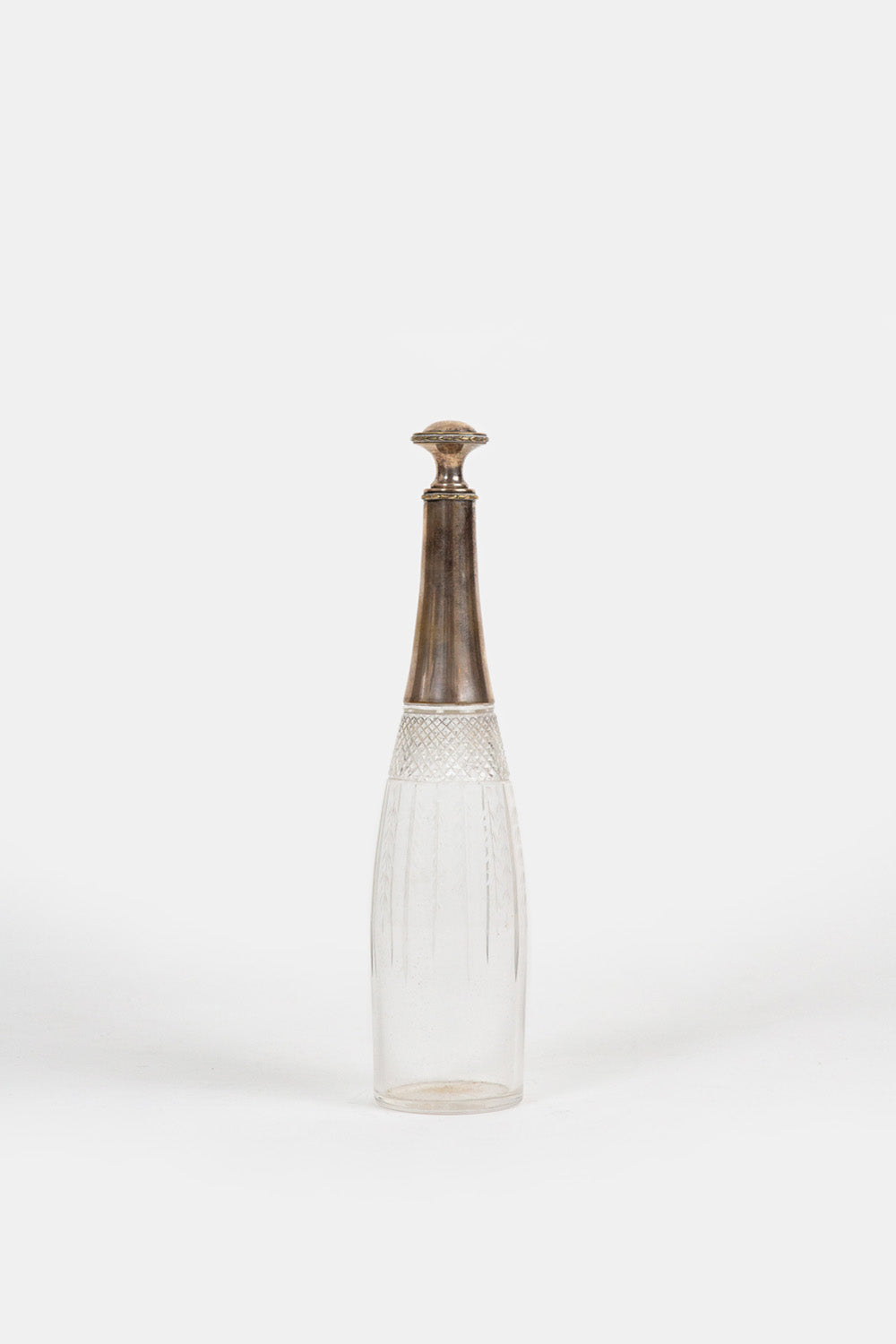An Interview with Artist Aleishall Girard Maxon
Aleishall Girard Maxon grew up immersed in the vivid palette of Santa Fe, New Mexico and continues to draw inspiration from these early surroundings as well as her world travels. She received a BA with a concentration in creative writing from the The New School University in 2003. In the years since then she has worked in the world of fashion and design, collecting knowledge of color, composition and materiality which she now uses to inform her art practice. She is also the Co-Creative Director of Girard Studio, which aims to preserve, protect and promote the legacy of her late grandfather Alexander Girard. We sat down with Aleishall to ask her a few questions about her art practice and family, her upcoming show at our Berkeley store, Controlled Chaos, and our latest collaborative collection, Foresta. You have collaborated with Erica Tanov as well as other artists in the past. How is the process of collaboration different for you? That is, working alone on a project, versus the connected nature of doing something jointly with another artist?
You have collaborated with Erica Tanov as well as other artists in the past. How is the process of collaboration different for you? That is, working alone on a project, versus the connected nature of doing something jointly with another artist?
I have collaborated with Erica many times before but never in this exact capacity. Given that I worked in the company for almost 13 years we have done many different projects. In the past it has mostly been graphic design related though we did do a couple of fabrics together, maybe 10 years back.
For me, working with Erica always comes with ease as she gives full artistic license. We had conversations and studio visits and talked about colors and inspirations but then she let go and really gave me the space and freedom to create.
In a sense, with Erica, you are working within two mediums. Creating your own art pieces, that then become the textiles and fabrics for Erica's clothing and home collections. This approach feels ideal in many ways, artistically speaking. To envision different manifestations of ideas, patterns, colors, etc. What has your experience been during the process?
Within the three prints that I created for this collection, one is a painting that we adapted for textiles but the other two were conceived of with a repeat and printing in mind. Working in both the art and design worlds, it can be challenging to combine the mindset and approach you need for each but I also find that it can result in a very dynamic presentation. When Erica and I began this process, she was feeling heavily influenced by nature, as she often is. More specifically, walks through Tilden and the varied greens that are layered on top of one another throughout. I took these ideas in as I was conceptualizing the patterns and of course the palette that emerged is a celebration of lichen, redwoods, bay leaves and the many other rich hues of the forest.  The title of your upcoming show is "Controlled Chaos." What would you like people to know about that concept that would help bring them closer to this body of work?
The title of your upcoming show is "Controlled Chaos." What would you like people to know about that concept that would help bring them closer to this body of work?
The Controlled Chaos title refers to the collection of watercolors that I am showing at the same time we debut the prints I created for Erica’s Fall collection. While I consider it a wholly different body of work, it definitely relates. Coming out of these last two years as a creative person, I have spent quite some time considering what role art has in our present world. Instead of trying to answer this directly I have tried to remain in an open inquiry:
Where are we right now, as a society, a culture, a country, a world…Where are we as humans? How do we define this moment individually, collectively? What is shaping us, from what forms have we emerged? Are we moving forward, backward or going in circles?
Through the compilation of shapes made up of thousands of tiny dots this body of work explores these questions. How does one group of anything, contained and constrained by borders, customs, morals, decisions, space and direction relate to and affect what surrounds them?
There were so many moments in the past two years and even into today where I feel the world around me may be spinning off its axis and yet I can also feel deeply that things are exactly as they should be. The desire for control runs deep amidst all the uncertainty although I know this concept is a myth. These pieces are a meditation on this paradox; expansion and contraction all at once.
You come from a long line of artists and creatives and you are the co-director of Girard Studio, which celebrates and preserves the legacy of your late grandfather, Alexander Girard. How do you draw from his spirit (and other practicing artists in your family) in your own work?
Luckily for me, no-one ever sat me down in my formative years and explained exactly who my Grandparents were or what they did in terms of their career. Instead I grew up surrounded by color, texture, materials, access to the incredible nature of the Southwest and a reverence for it and the rigors of what an ‘artistic or creative practice’ looks like. My father is also an artist, though he spent the bulk of his career as a contractor building custom adobe homes in New Mexico. He always had a space and the tools within which to make any kind of project that my brothers and I could think of. There was never anything deemed too hard or too challenging and there was a constant support of our creative pursuits.
As I became aware of the extent of my Grandfather’s legacy and then eventually took over the direction of Girard Studio with my bother Kori we were both already established in our own visual languages and daily art practices. This was such a gift as I can imagine had I understood what he did before I really found my own voice, I might have found it paralyzing. Instead, it has been like a masters education in every design discipline and a complete validation of my own creative output as an extension of how I see, appreciate and move through the world. In a way, I feel that he may have planned this, allowing us our own space and time to develop as creative people. His spirit is integrated into our lives in such a way that I don’t feel a conscious seeking of inspiration from him, it is just always there.  How would you compare the dual influences of mid-century modernism and folk art on your own creative output? Do you see the two speaking to each other in ways that others might not experience or put together?
How would you compare the dual influences of mid-century modernism and folk art on your own creative output? Do you see the two speaking to each other in ways that others might not experience or put together?
Mid-century modernism and folk art pair so well together though I may have a very biased opinion based on my Grandfather’s magnum opus, The Museum of International Folk Art in which he combines both so brilliantly! Folk Art is not one thing and of course represents a million different ways of seeing the world so it is hard for me to speak about it as a monolithic medium. There is something about seeing handmade objects that are imbued with so much spirit in an architectural environment that compliments them as can often be the case with Mid Century modernism. The use of simple lines, restrained but impactful color and material such as wood which can be in conversation with the folk art are some of the elements that make this combination work.
Erica Tanov's approach to design is often drawn from her belief that beauty is everywhere. Do you have a similar philosophy that applies to your approach as an artist?
Yes, I also believe in this way of seeing the world and often have to cling to it as there is so much disaster and devastation around us. There is even beauty in destruction if we can see it as a necessary metamorphosis.
If you could invite three artists (living or dead) to tea, who would you choose?
I have no idea what the conversation would be like but three people I admire deeply are Sonia Delauny, Jacob Lawrence and Sheila Hicks.  You are the mother of two beautiful girls. Do you think either of them will pursue careers as artists?
You are the mother of two beautiful girls. Do you think either of them will pursue careers as artists?
Just as with my own upbringing, I have raised two humans who have their own daily art practice and use their visual exercises to process the world around them. At this point I cannot say what career I think they will pursue but I trust deeply that they will incorporate and utilize their ability to think about and understand the world through art. There are moments when I struggle with the idea of bringing more ‘things’ into this world that feels as though it is bursting at the seams but then I remember that humans have always made art at every point in history no matter how dire or difficult. And it is often this art that we look back on as a species to understand where we have been and perhaps draw hope for where we are going.

Learn more about Aleishall's work on her site.
Photo credit for Aleishall portraits: Claudine Gossett.















Leave a comment
This site is protected by hCaptcha and the hCaptcha Privacy Policy and Terms of Service apply.